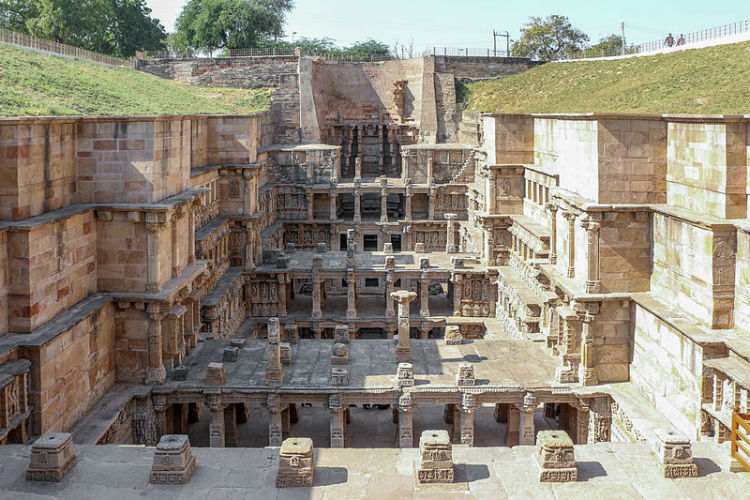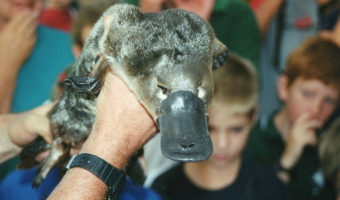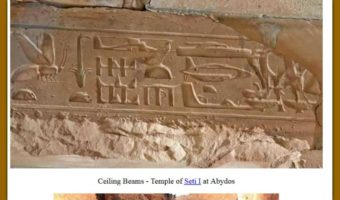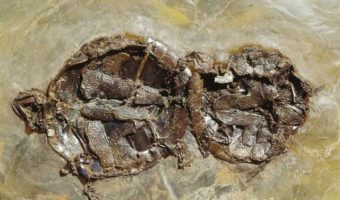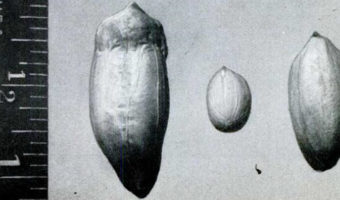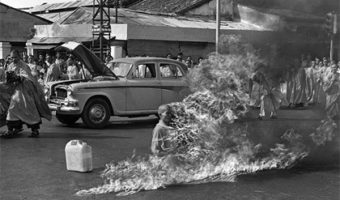Pictures of 1000 years old Stepwell From India: Constructed by Queen in Memory of Her Husband
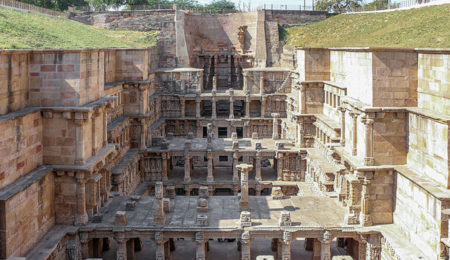
Rani ki vav, an awe-inspiring step well at Patan, Gujarat, India is said to have been constructed by Queen Udayamati, wife of King Bhimadeva I. The magnificent edifice was built in the 11th century on the banks of river Saraswati as a memorial to Bhimadeva I.Rani ki vav was built during the Solanki period.
The step well is one of Gujarat’s largest underground water resources and storage system. UNESCO’s World Heritage Sites included it in its list on June 22, 2014.
History
Water was scarce in the arid regions of Western India and Rajasthan. The builders dug deep trenches for year-round water supply to meet their needs. They lined the walls of these pits with blocks of stones. They built stairs for easy transport of water.
The step well began to be the most popular place to hang around. The airy, cool building offered shelter for people roasting under the hot sun. The step well started to turn into a meeting point for the inhabitants. Step wells were also used for leisure purpose and for religious ceremonies.
This led to the building of simple ornamental and architectural features. Gradually the styles evolved, grew complex and found its zenith in Maru-Gurjara style.Queen’s step well is built in this style.
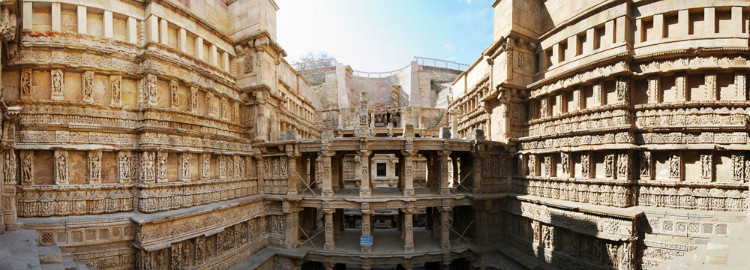
“Prabandha Chintamani†a book written by Jain monk Merutunga Suri in 1304 A.D. confirms that Queen Udayamati started the building of the step well. There is a speculation that Queen Udayamati and Karandev I may have completed the construction after the death Bhimdeva I.
Architecture
Queens step well is said to be the greatest example of Solanki architecture. The step well was built for a practical and social purpose. It was designed as an inverted temple to uphold the sanctity of water. The step well was 64m long and 20m wide. The shaft of the step well is 27m deep. It had seven stories. The step is oriented in the east-west direction. They begin from ground level. The step well has long stepped corridor heading towards the underground tank.
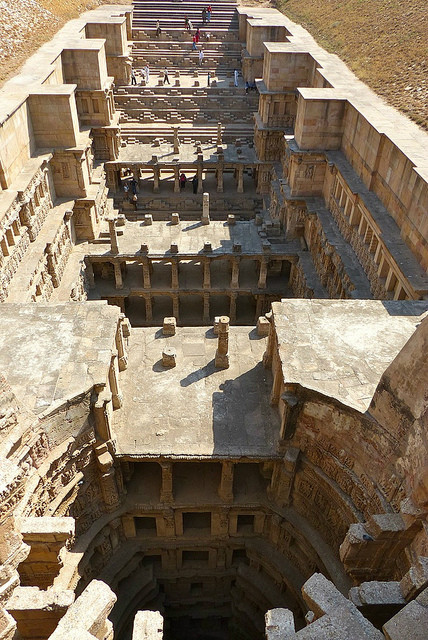
It has a four compartmental, multi-storied pillared pavilions. The number of stories increases as we move west. It has a circular draw well at the rear end. Among the seven levels, the fourth level is said to be the deepest. The fourth level leads to a rectangular tank.

The corridor walls, pavilions, and the inner walls are ornately designed and adorned with intricately carved sculptures. The 800 sculptures are of Hindu Gods, Goddesses, mendicants and others. They have been referenced from literary works of that period.

The main theme of the step well is the Dasavataras or the ten incarnations of Lord Vishnu, including the Buddha. The Apsaras, Nagkanyas pose depicting sixteen different make-up styles. Such styles were known as Solah Singar.
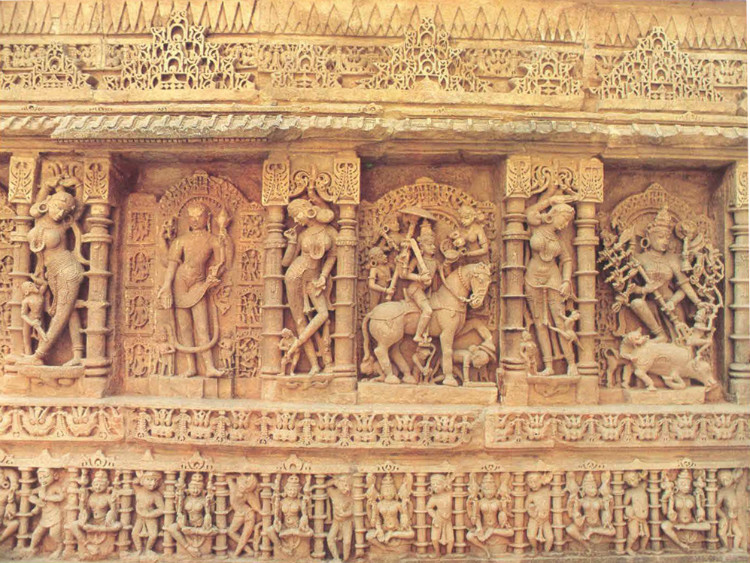
At the water level, you are confronted with a carving of Sheshashayi-Vishnu in which Vishnu reclines on the coiled body of the thousand-hooded serpent, Shesha.Vishnu is said to rest for infinity between ages.
Rani ki vav impresses with its craftsmanship and technological achievement in water management. Though several of its sculptures and pavilions are missing, Rani ki Vav remains a perfect example of the step well structure.
[source:wikipedia]














